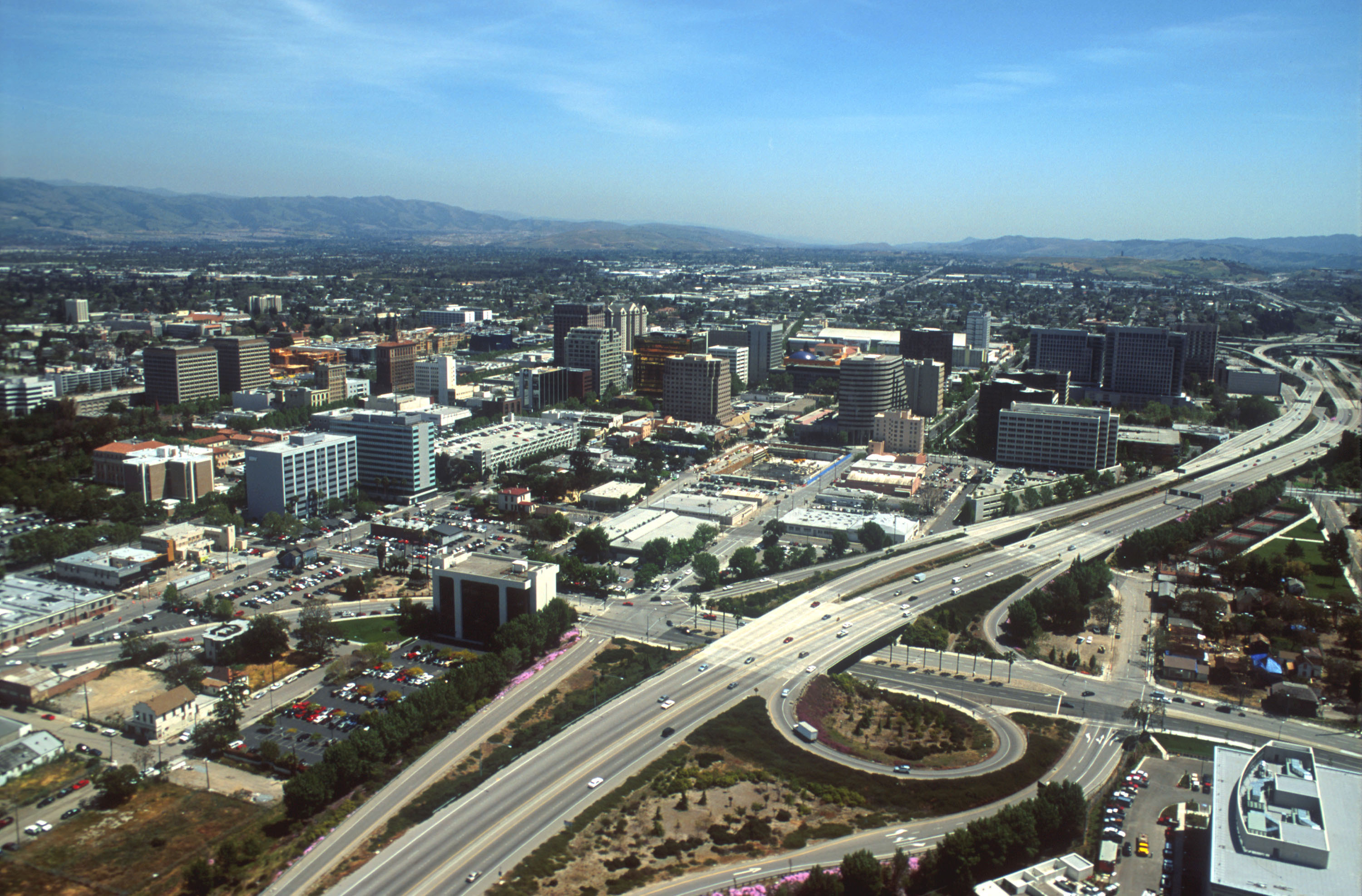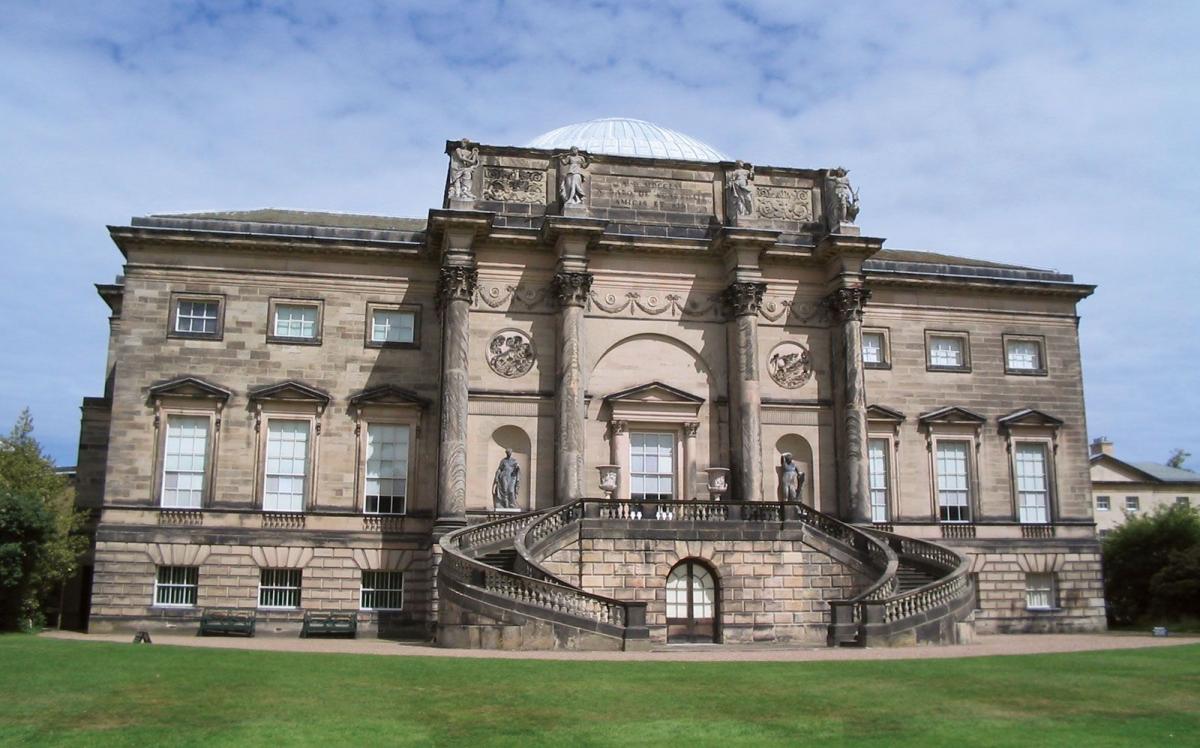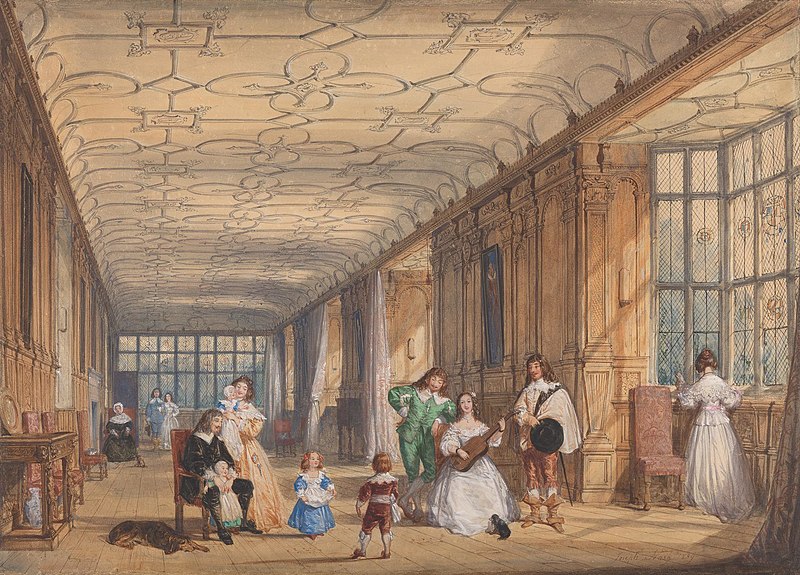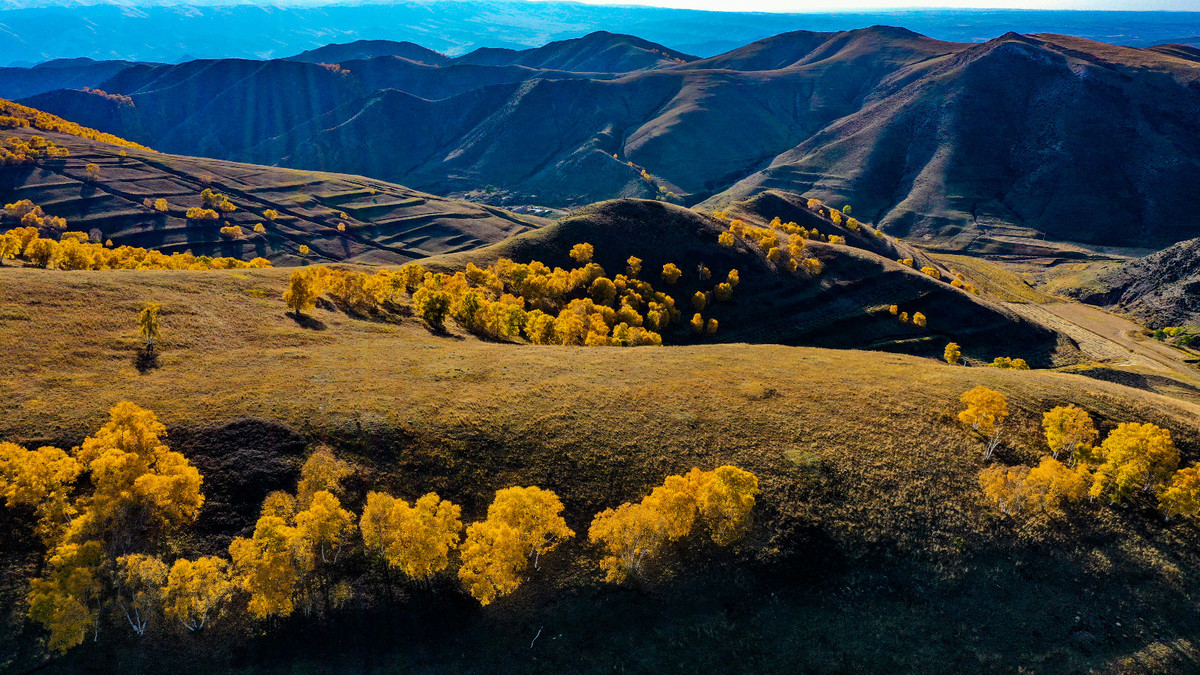CCU MAW ENGL 628 Dashboard
Description
Jane Eyre, Re-writing the Gothic Bildungsroman for 21-st Century Popular Culture:
Jane Eyre: An Autobiography (1847) by Charlotte Brontë is a seminal text in the Western feminist literature canon, published fifty-five years after Mary Wollstonecraft’s A Vindication of the Rights of Woman and a year before the Seneca Falls convention launched the feminist movement in Western culture. But more impressively, it is a popular novel that has never once gone out of print in one-hundred and seventy-four years. And scores of authors, directors, and digital producers have adapted, revised, and modernized Bronte’s most famous novel because the narrative still has something to teach us. What better text could a class of writers study in order to explore what makes a story not only timeless but also popular and highbrow? As bell hooks—the recently deceased, trailblazing Black feminist scholar and activist—declared, “Whether we're talking about race or gender or class, popular culture is where the pedagogy is, it's where the learning is.”
As writers, we will explore the creative and rhetorical choices select twentieth- and twenty-first-century authors and directors have made when appropriating Jane Eyre’s narrative, paying attention to how each Jane is a positive (or negative) role model of physical, emotional, and spiritual growth. In other words, we are going to explore how this piece of classic literature remains relevant because of Jane’s didactic appeal within 21st-century popular culture. In this course, we will also leverage the COVE’s (Collaborative Organization for Virtual Education) digital tools in order to create a collaborative “flipped classroom” learning experience.
Galleries, Timelines, and Maps
There is no content in this group.
Individual Entries

In the novel Re Jane, within the second chapter (titled “Uncanny Valley”) we learn of who seems to be the protagonist’s, Jane, only friend from home: Eunice. Although, Jane notes what ties them together isn’t their “common interests” but rather how they stand out from everyone else their age (Park 10). In the year 2000, when the novel begins, Jane has just graduated from college, and so has Eunice. Though Jane has lost a job opportunity in New York City, Eunice plans to move across the country to what is referred to as Silicon Valley where she has a job at Google lined up; Jane also notes that Eunice’s boyfriend has a job waiting for him in the Valley (Park 11).
...
more
In the film adaptation of Jane Eyre, Rochester describes his marriage to Bertha in a flashback. Director Susanna White chose to film this scene at Kedleston Hall. In the scene, Bertha is described by Rochester as a “dark, handsome woman…as beautiful as the glittering stars” (Jane Eyre, Episode 2). She appears in scene with a red flower in her hair, matching the scene itself, which contains tables filled with red flowers. The background of the scene in which Rochester and Bertha kisses is filled with overgrown greenery, reflecting the wild, untamed nature of Bertha. As a direct contrast, Thornfield Hall is plain and more modern.
The scene shifts to their...
![[Haddon Hall, steps, Derbyshire, England] [Haddon Hall, steps, Derbyshire, England]](https://tile.loc.gov/storage-services/service/pnp/ppmsc/08300/08315v.jpg#h=771&w=1024)

In Susanna White’s 2006 film adaptation of Jane Eyre, the on-screen depiction of Thornfield Hall can be found in Derbyshire, England...
more
Scenes from Susanna White's television adaption of Charlotte Brontë's novel Jane Eyre, emphasize the story's theme of travel through their consistent efforts at characterizing Rochester's character. The show maintains a tension between Rochester's well-traveled background and Jane's inexperienced-but-curious attitude, and in doing so draws the watchers' eye to the characters' discussions of geographical locations — their history, importance, and most importantly: allure. As Rochester utilizes his travel stories to entice Jane, they also function to further escalate the comparisons between Rochester and Jane and grant watchers context to the world as it compares to Britain.
After Jane returns to Thornfield from visiting Gateshead, Rochester approaches her in the library as she's placing her childhood book into Thornfield's collection. He offers to tell...
more
In the very beginning of part 2 of Jane Eyre (2006), Lady Ingram says that Mr. Eshton told her that a bird, a swallow, which is flying around Thornfield, migrates south, to the “very southern tip of Africa” during winter, and returns to England in the summer. When Blanche asks him why they do not stay where it is warm, Mr Eshton responds that it is in their nature to return home (5:30-5:55).
More specifically, British swallows, such as those in Jane Eyre at Thornfield, spend the winter in South Africa (RSBP). During migration, swallows are prone to starvation, as well as...
more